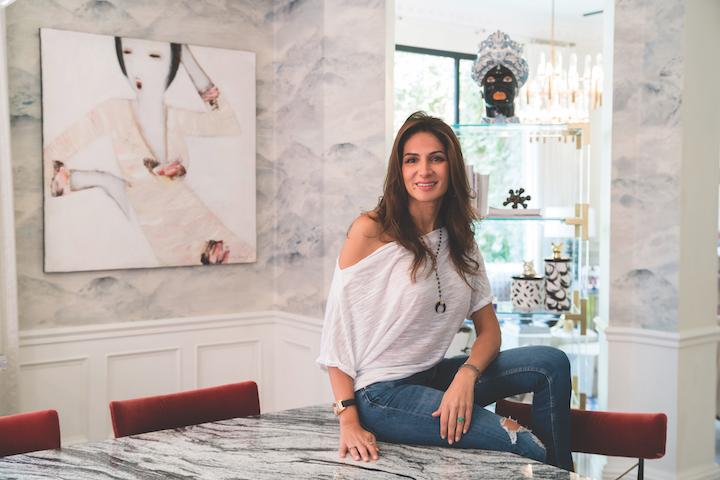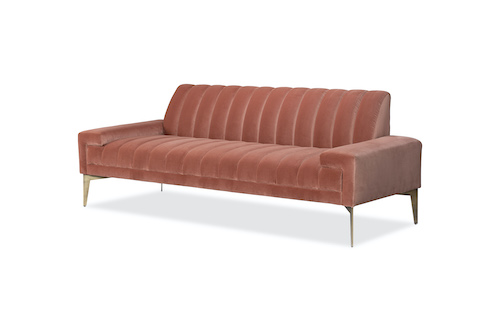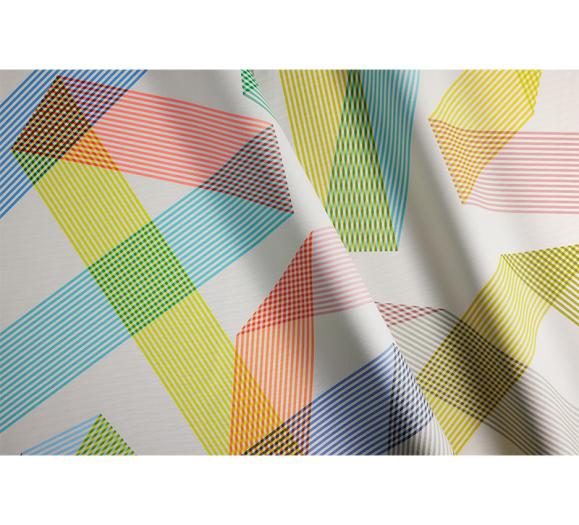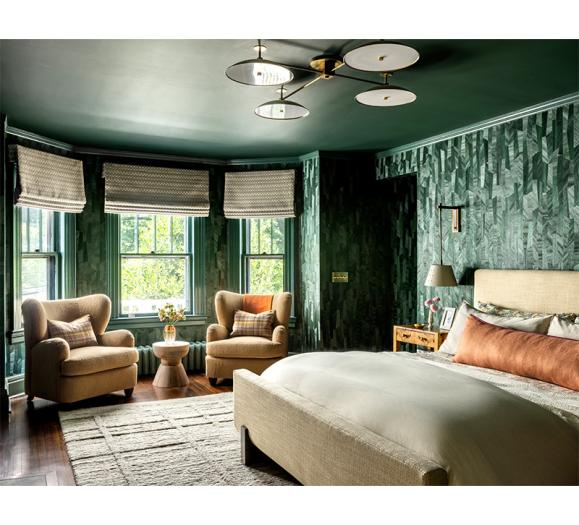Based in Saudi Arabia, Rawan Alsahsah has a lot on her plate. She’s the designer at the helm of RIS Group in Saudi Arabia, owns a furniture store, and last April launched Rawan Isaac, a contemporary collection of furniture, lighting fixtures and accessories. Alsahsah is also passionate about helping her clients live well through a harmonized space. An expert in feng shui, Alsahsah has most recently ventured into the world of Biogeometry. We spoke with her to find out more about this practice and how designers can help promote wellness through design.

What is Biogeometry?
Alsahsah describes Biogeometry as a combination of feng shui and reiki, as it uses different shapes, colors and numbers to harmonize the energy of a space. Unlike feng shui, Biogeometry doesn’t require much furniture movement. Instead it involves adding design elements to combat “invisible pollution,” from things like electricity, cell phone towers and WiFi.

Bringing It Home
Alsahsah has incorporated Biogeometry in her own home, which is pictured throughout this page. These elements complement her lifestyle, which she says was already rooted in mindfulness. “Before getting into Biogeometry, I did reiki. I practiced yoga. I try my best to have a mindful lifestyle, not just in design. Mindfulness or wellness tackles everything from your diet to how you sleep. It’s a way of life.”
Adding to the Collection
Based in New York, the Rawan Isaac brand launched at April 2019’s High Point Market and offers furnishings and decorative accessories with a style that combines Art Deco and Mid-Century Modern aesthetics. Alsahsah says the next step is to incorporate some of the principles of Biogeometry into furniture for the line.

Awareness is Key
Alsahsah acknowledges that some of these techniques may not be for everyone, but you need to understand your clients and whether they’d be open to it. For her, design is about creating a functional space that is also beautiful, but there’s another aspect to consider. “It’s not just if it looks pretty or not. It’s how it feels,” she says. “The spaces I create always feel alive, so I make sure when I design a space that it speaks to me, or it needs to speak to whoever lives in the space.”








